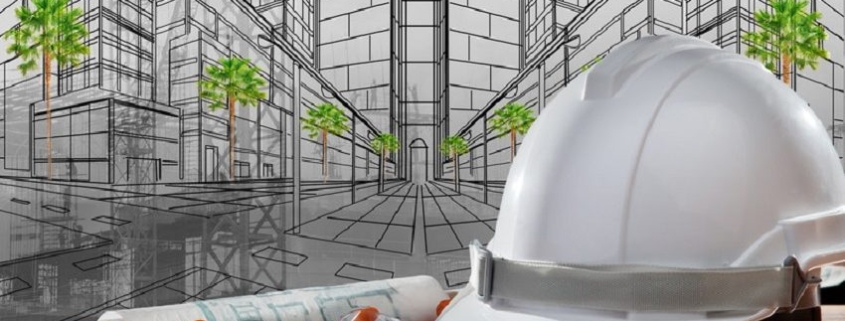Dallas-Fort Worth Tops The Nation In Medical Office Building Development
Dallas-Fort Worth (DFW) had the nation’s highest rate of medical office building (MOB) completions from Q3 2017 to Q2 2018, according to a new report from CBRE.
MOB construction deliveries totaled 954K SF during that period, with another 95K SF of medical space still under construction as of the last half of 2018.mob
“Even development that robust doesn’t add up to overbuilding, at least not yet,” according to CBRE Senior Vice President, Global Workplace Solutions Jordan Buis. “Although we’ve seen growth in DFW healthcare developments over the past decade, I believe the market is stable. We’ve seen healthy demand from tenants to keep up with the new supply, and developers aren’t overbuilding. The population boom in DFW is driving the need for new medical product, especially in the suburbs.”
The recent volume of deliveries continues a longer-term pattern of growth for the Metroplex, the report said. From Q1 2010 to Q2 2018, DFW delivered more than 2.7M SF of new medical office space, second only to the Houston market, which delivered in excess of 3.5M SF of MOB space in the same period. Medical office rents in the Metroplex increased 2.1% from Q2 2017 to Q2 2018 to $27.43/SF, even as the vacancy rate rose 180 basis points to 23.3% over the same period.
“As rents continue to rise and reimbursements continue to decline for the healthcare providers, it will be interesting to see if there’s a point of inflection in the near future,” Buis said.
The surge of MOB development in the Metroplex comes as health systems nationally are increasingly turning to outpatient centers due to higher capital costs and a surge in high-deductible health plans requiring patients to pay larger out-of-pocket amounts.
The total number of outpatient centers nationwide grew more than 50% from 2005 to 2016 to about 41,000 properties, according to CBRE. Outpatient center employment has more than doubled since 2003, and grew 3.5% year over year in October 2018, compared with 2% annual growth in overall healthcare employment.
In DFW, the most recent example of outpatient development — though close to a traditional hospital — just broke ground at Medical City Frisco. The facility will be a medical office building with an ambulatory surgery center totaling about 150K SF and connected to Medical City‘s main hospital by a skybridge. The development will include 11 operating rooms, 53 patient rooms and office space. The $37M project is expected to be complete by spring 2020,”
“The development is anticipating future demand for leading-edge medical treatment,” Medical City CEO Charles Gressle said in a statement.
Last year, the hospital expanded its women’s services unit, which includes 13 delivery and recovery rooms, and features a six-bed, Level II neonatal intensive care unit with three dedicated cesarean section operating rooms.
Source: Bisnow





